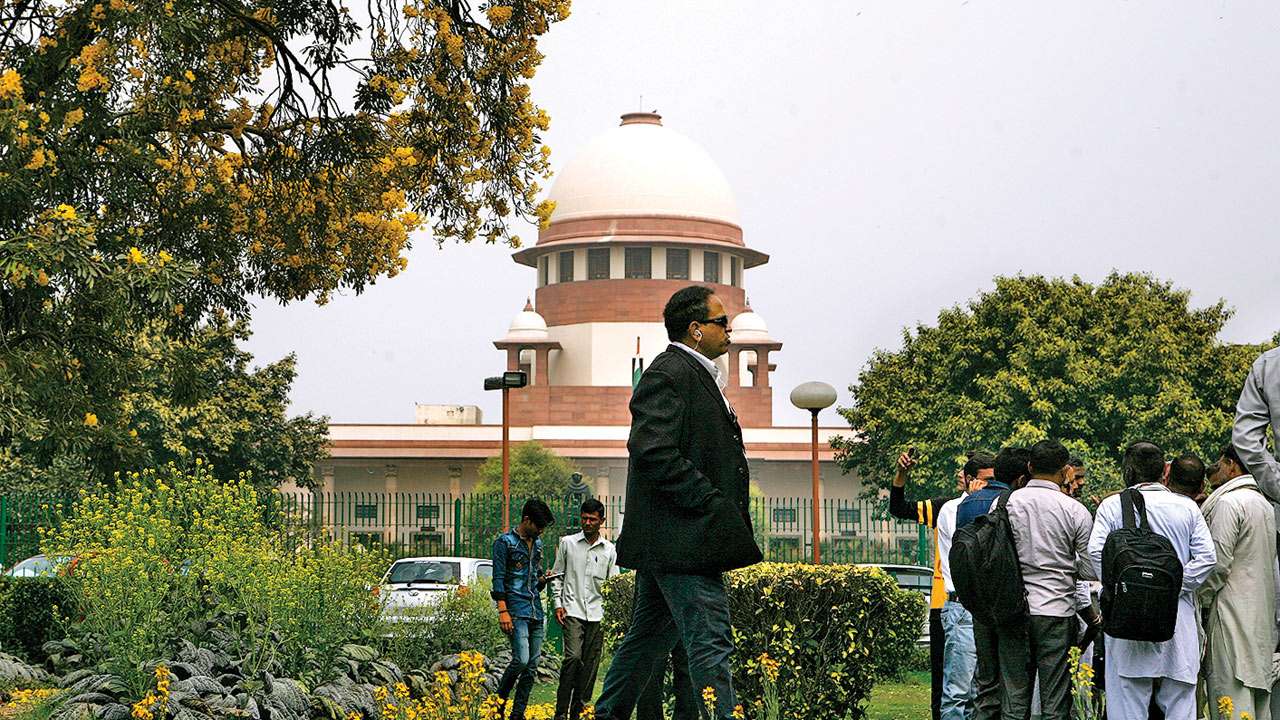
Wearing the cloak of transparency, judges of the Supreme Court who resolved in August 2009 to voluntarily disclose their assets/valuables, do not seem to have done justice to this cause. Ten years down the line, when the apex court is basking in the glory of having achieved full working strength of 31 judges, only seven of them have cared to disclose their assets.
Of the list of judges who have updated information of assets on the website of the Supreme Court (SC) is Chief Justice of India (CJI) Ranjan Gogoi, followed by his other two successors to the post of CJI, namely Justice SA Bobde and Justice NV Ramana. Leading by example, the other judges who have complied with the August 2009 resolution are Justice Arun Mishra, Justice R Banumathi, Justice AM Khanwilkar, and Justice Ashok Bhushan.
After Justice Ramana, there are five other judges in line to become the CJI. They are Justice UU Lalit, Justice DY Chandrachud, Justice Sanjiv Khanna, Justice BR Gavai, and Justice Surya Kant. While Justice Gavai and Justice Kant were appointed just a month ago, those before them have had the benefit of time to update these details, given the fact that Justice Lalit became judge of the top court in August 2014, Justice Chandrachud in May 2016, and Justice Khanna in January 2019.
They along with 21 other judges of the top court have chosen not to disclose their assets in terms of the August 2009 Full Court Resolution. But the fact is that when a judge gets appointed, the information about assets is to be submitted to the CJI or Chief Justice of the High Court concerned. This is in keeping with a May 7, 1997 Resolution of the Full Court of the SC which was unanimously adopted on December 4, 1999 by all Chief Justices of High Courts. This Resolution was mandatory and binding on all judges to disclose their assets but it was not to be made public. Instead, it remained under the confidential custody of the CJI or CJ of High Courts.
The Resolution read as follows, "Every Judge should make a declaration of all his/her assets in the form of real estate or investment held in his own name or in the name of spouse or any person dependent within a reasonable time and thereafter make a disclosure whenever any acquisition of a substantial nature is made."
The Resolution made judges accountable to the judicial system even though they still remained away from public scrutiny.
In such a scenario, social activist Subhash Chandra Agrawal moved a petition under the Right to Information Act seeking information from SC on whether the details of assets are being filed with the CJI as per the 1997 Resolution, and if so, the details therein.
The Central Information Commission allowed the prayer, forcing the SC to appeal the CIC verdict in the Delhi High Court. In September 2009, the Delhi HC held that the information must be shared in public interest.
A full bench of the Delhi High Court comprising three judges was formed to examine this decision. Finally, on January 12, 2010, the Delhi HC full bench too found the SC's reservation on disclosure to be unjustified.
But before the verdict could come, a Full Court meeting of all Supreme Court judges decided in August 2009 to go public with their asset details on the website, thus dropping the word 'confidential' from the 1997 Resolution. However, the 2009 Resolution stated that no query will be entertained about any information supplied by the judge based on the information provided about them or their family members.
Since this decision, there has been a steady flow of information on the website. But the structure of details provided varies from judge to judge in the absence of any fixed format for supply of information. While almost all of the 21 sitting judges followed suit by November 2009, by November 2016, only 18 of the 26 judges furnished the information. In the following years, there was a steady decline. Last year, only 12 judges disclosed and now the figure has come down to seven.
It is significant to note that the January 2010 decision of the Delhi HC is currently under scrutiny before the Supreme Court's Constitution bench. While it is voluntary to disclose assets on the website, this is the only mechanism to know that the 1997 Resolution is being complied with. As Supreme Court has to lead by example, following the August 2009 resolution, seven High Courts have passed similar resolution displaying assets details on their corresponding websites. These High Courts are Delhi, Madras, Karnataka, Chhattisgarh, Himachal Pradesh, Kerala, and Punjab & Haryana. Based on these figures, the asset details of Justice Sanjiv Khanna and Justice SK Kaul, who are presently judges of the Supreme Court, is available on the Delhi High Court website. This information is of March 2013 and March 2012 respectively.
While arguing the case in the Delhi HC, the Supreme Court Registry submitted that since the 1997 Resolution does not prescribe any penalties, it cannot be binding. The HC dismissed this suggestion by saying, "Such a position is wholly untenable and unacceptable for the proper functioning of the judiciary as a self-regulatory independent mechanism of State, accountable to the people and to the Constitution of India."